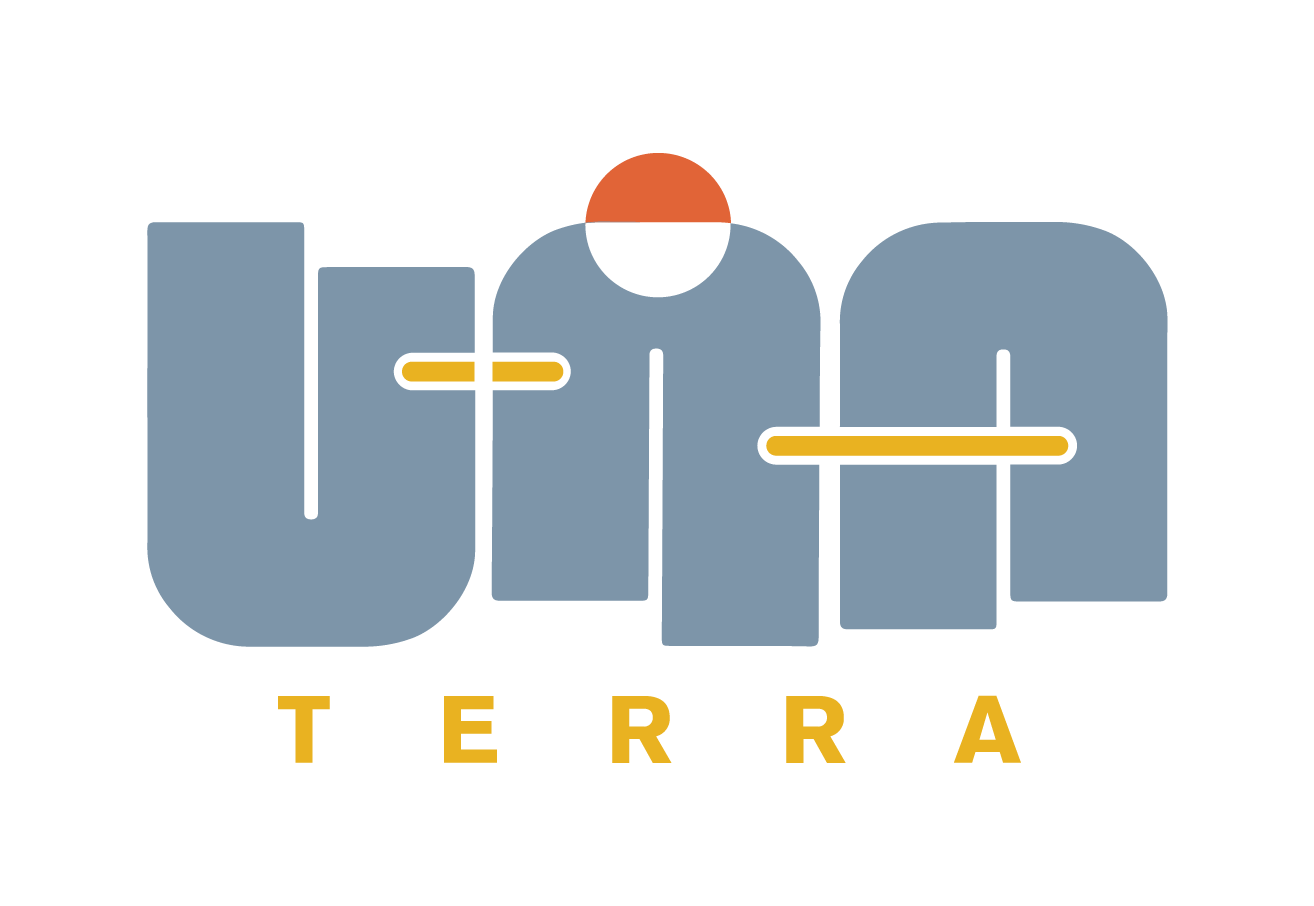How to Give Back to the Earth: a Lesson in Reciprocity
October 2, 2020Global participation can inspire global change, helping to heal ourselves and the earth.
by Kayla MacInnis
“Action on behalf of life transforms. Because the relationship between self and the world is reciprocal, it is not a question of first getting enlightened or saved and then acting. As we work to heal the earth, the earth heals us.” – Robin Wall Kimmerer, Braiding Sweetgrass
WHAT IS RECIPROCITY?
Newton’s third law of motion says that “for every action, there is an equal and opposite reaction.” We can look at reciprocity in that same light—for every gift that we take from the earth; we must give back in equal measure. Giving back can look like anything from expressing gratitude, practicing ceremony, or an exchange/offering.
In Returning The Gift, Kimmerer talks about how “[w]e are showered every day with the gifts of the earth, gifts we have neither earned nor paid for: air to breathe, nurturing rain, black soil, berries and honeybees, the tree that became this page, a bag of rice, and the exuberance of a field of goldenrod and asters at full bloom.”
We belong to the earth, and she gives us everything that we need to survive. How could we feel nothing but deep gratitude for this? Indigenous philosophy teaches of the 4 Rs: respect, relationship, reciprocity, and responsibility. Our relationship with the land should be built on respect, and reciprocity is our inherent responsibility.
“Gifts from the earth or from each other establish a particular relationship,
an obligation of sorts to give, to receive, and to reciprocate.”
– Robin Wall Kimmerer, Braiding Sweetgrass
WHAT IS OUR GIFT TO THE EARTH?
I have learned that one of the best ways to take environmental stewardship into your own hands is through volunteering. According to Statistic Canada, in 2010, 47% (or over 13 million) of Canadians volunteered 2.07 billion hours. So, why do so many people volunteer? For some, it’s as simple as contributing to their community. For others, it’s to learn new skills or use their own experiences to help other people. Some volunteers are personally affected by the cause, where others may be looking to network with like-minded folks or improve job opportunities.
When I first started my journey as an activist and environmentalist, I was a child who had few skills and little education. I wasn’t sure how or if I could make a difference until I learned about volunteering from my matriarch. She taught me that volunteering was a way to give back to the earth that allowed us to work together with folks in our community who shared that same passion.
Almost two decades later, and I volunteer more than ever. When I look back at each year, it is in those volunteering experiences that I felt I was truly at home. Kimmerer was right when she said that taking action can have a domino effect. Reciprocity is how we can maintain balance. Not only has volunteering been a way for me to give back to the earth, but it has helped to heal my spirit. This cycle can continue over and over, both of us giving each other exactly what we need to live together in unity.
HOW CAN YOU GET STARTED?
Below, you’ll find a few ways to start your journey as a volunteer, and hopefully, you’ll inspire others to join in and do the same.
- Trees give us the gift of oxygen. By volunteering to plant trees, you improve the lives of not only yourself but the earth. Visit TreeCanada for more information.
- Love the sea? The “Take 3 for The Sea” campaign is as simple as picking up three garbage pieces whenever you leave a beach, waterway, or anywhere really.
- Are you interested in volunteering? Canada has some great organizations to get you started. Check out Plastic Oceans Canada, Climate Justice Edmonton, Environmental Education and Communication, or Fridays For Future Toronto.
If you’ve already volunteered this year, why not try to find a new organization to help out once more before the year is over? Let’s work together to increase #CanadasPositiveImpact.
By Kayla MacInnis (she/her)
Métis Journalism Student, photographer, poet, and, environmentalist
Resides on the unceded and ancestral lands of the Kwantlen, Musqueam, Katzie, Semiahmoo, Tsawwassen, Qayqayt, and Kwikwetlem peoples
Instagram: @raisedbythesea
www.kaylamacinnis.com



0 Comments